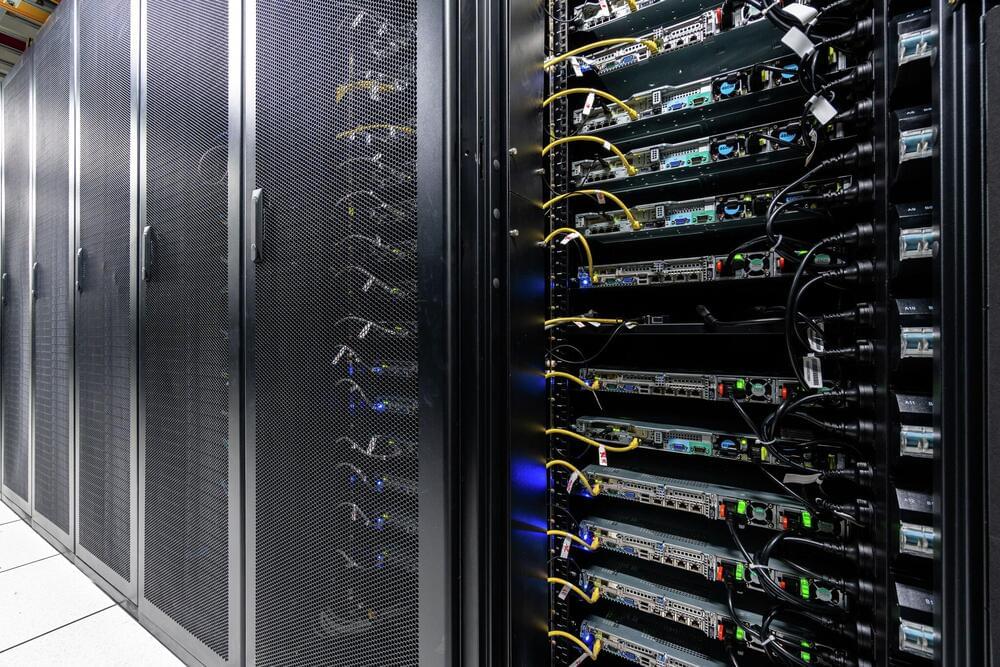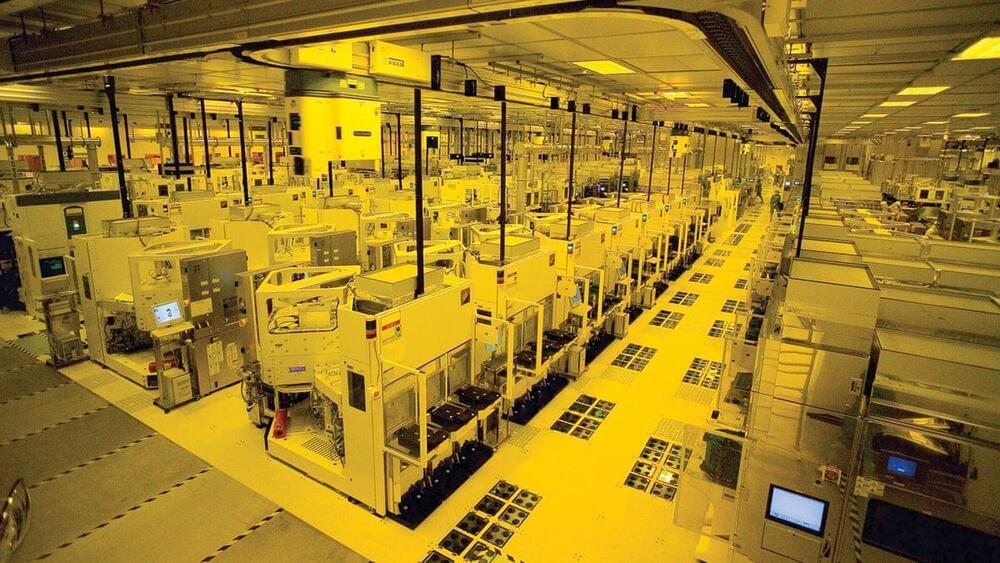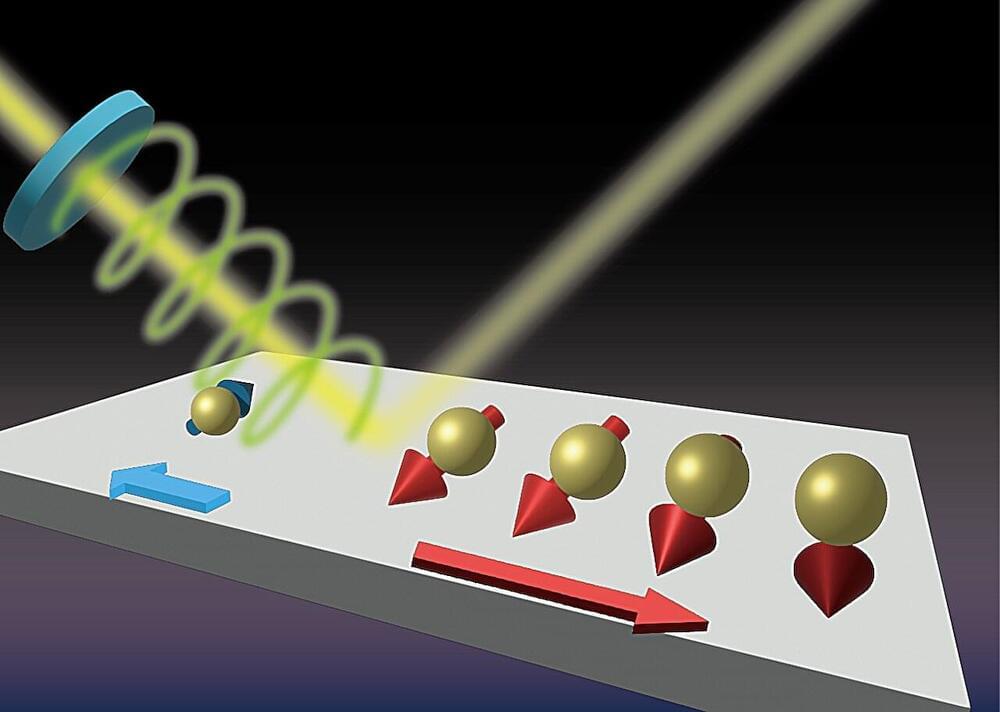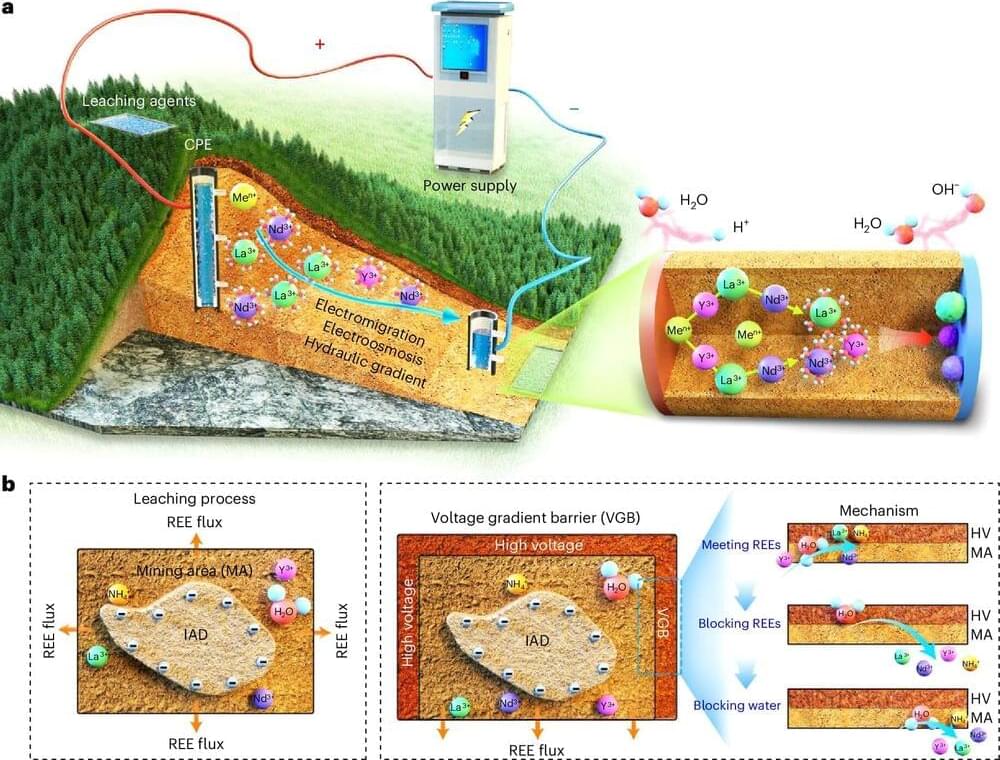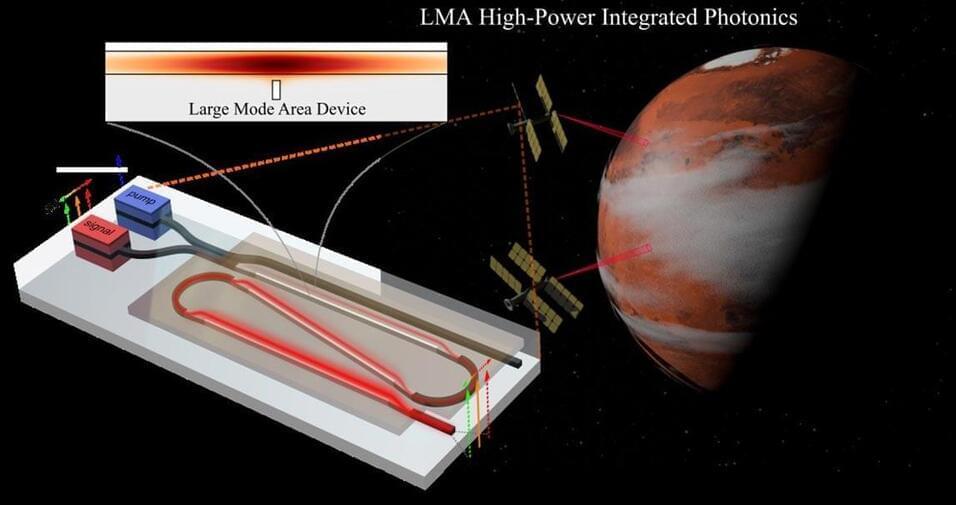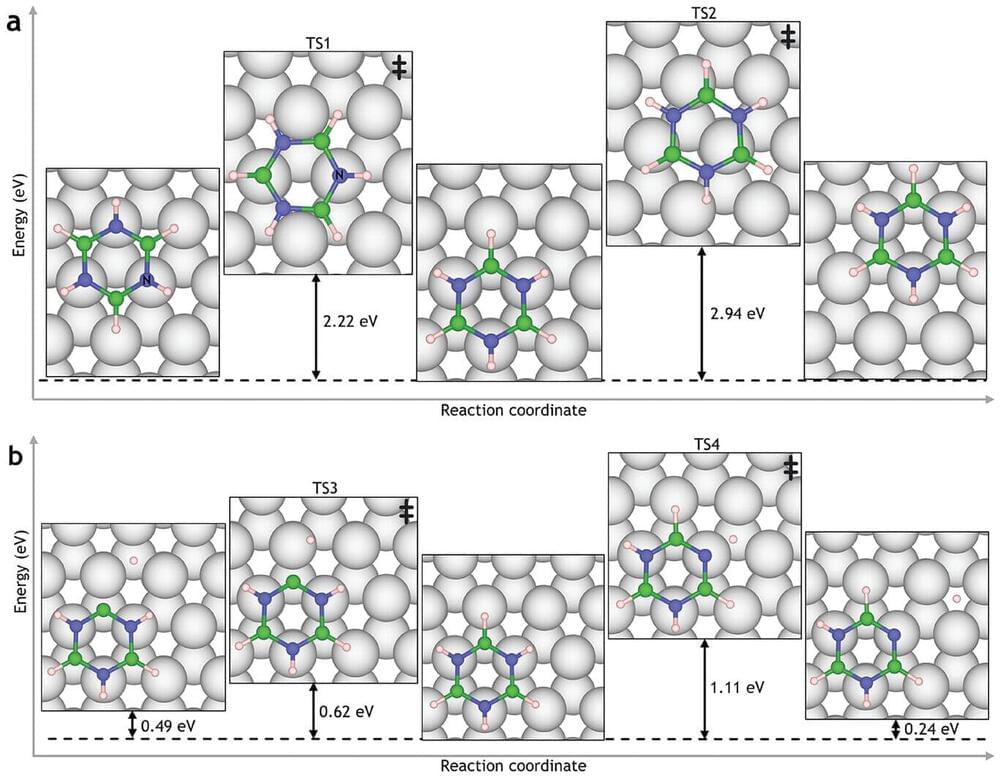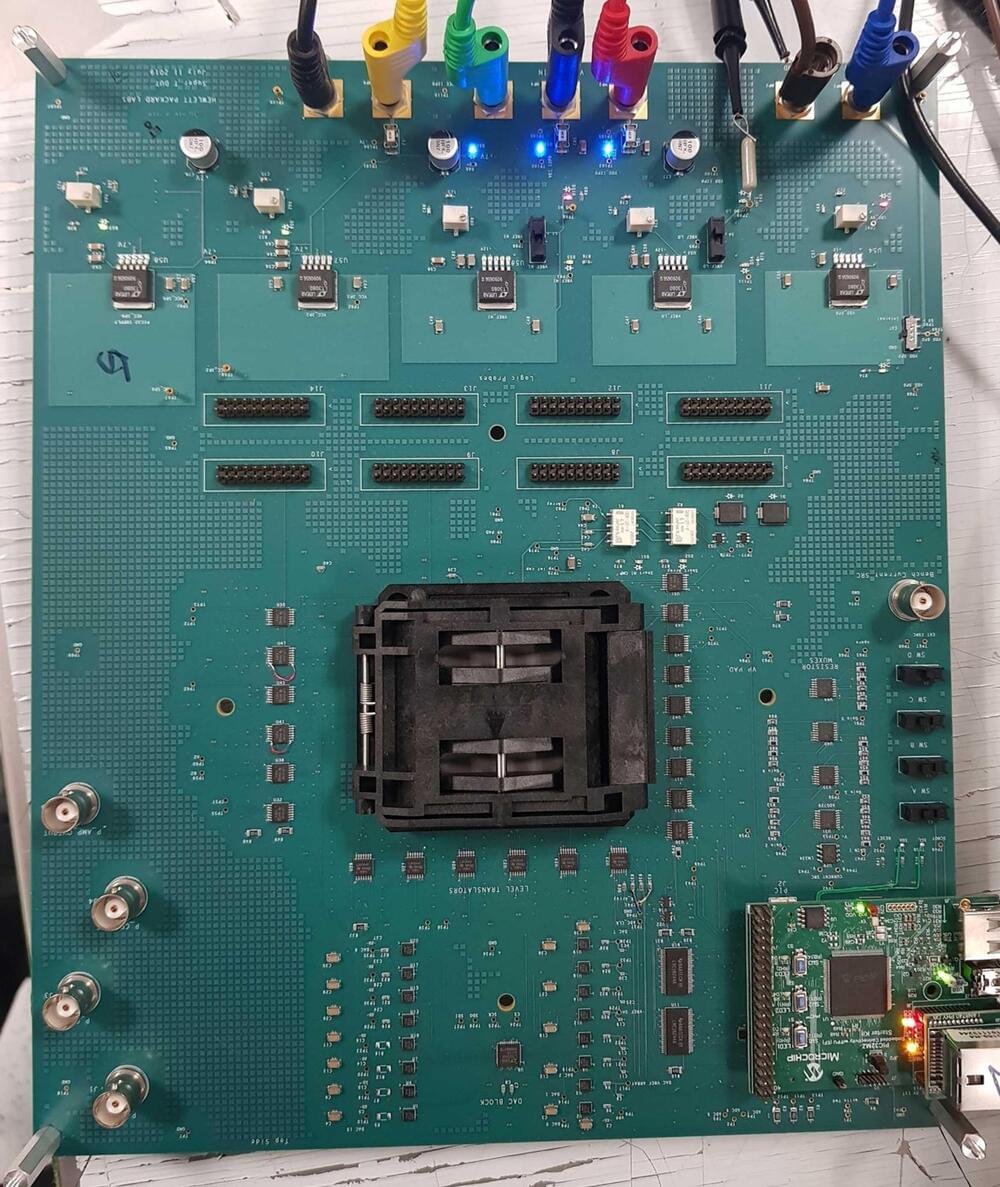Jan 12, 2025
With NSF grant, Yale and industry team up to harness quantum’s potential
Posted by Shubham Ghosh Roy in categories: computing, quantum physics
A Yale-led project that aims to develop quantum technology into practical applications has been awarded a prestigious grant from the National Science Foundation (NSF).
Erasure Qubits and Dynamic Circuits for Quantum Advantage (ERASE), a pilot project led by Yale physicist Steven Girvin, is a collaboration between academia and an industrial hardware partner, Quantum Circuits, Inc. (QCI), a Connecticut-based company that aims to bring to market the first practical quantum computers.

